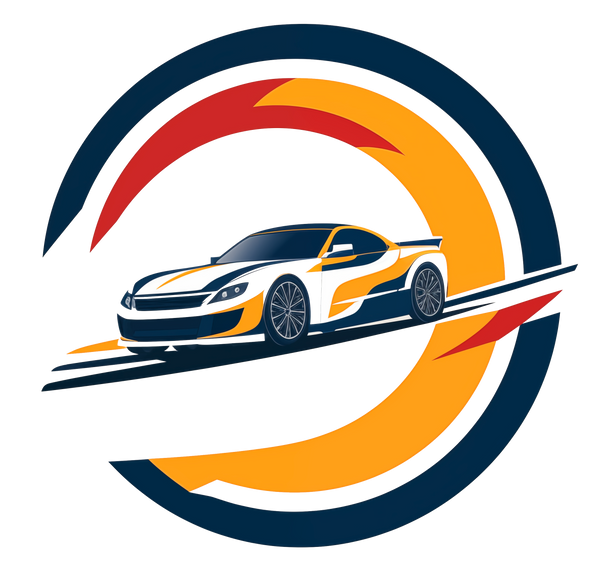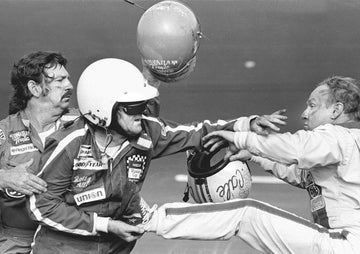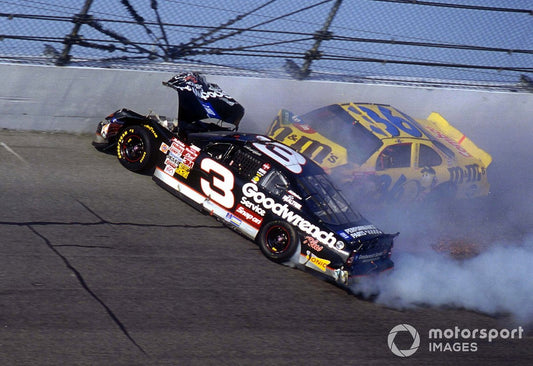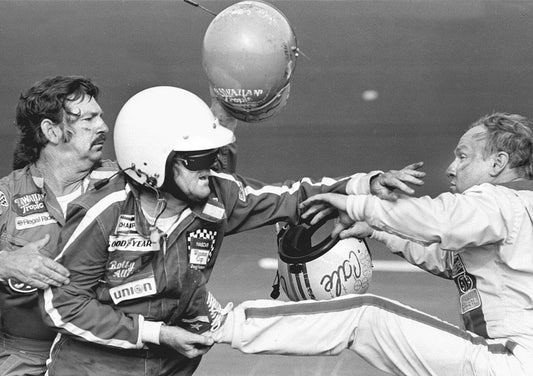1979 Daytona 500: Televised Race and Fistfight Boost NASCAR
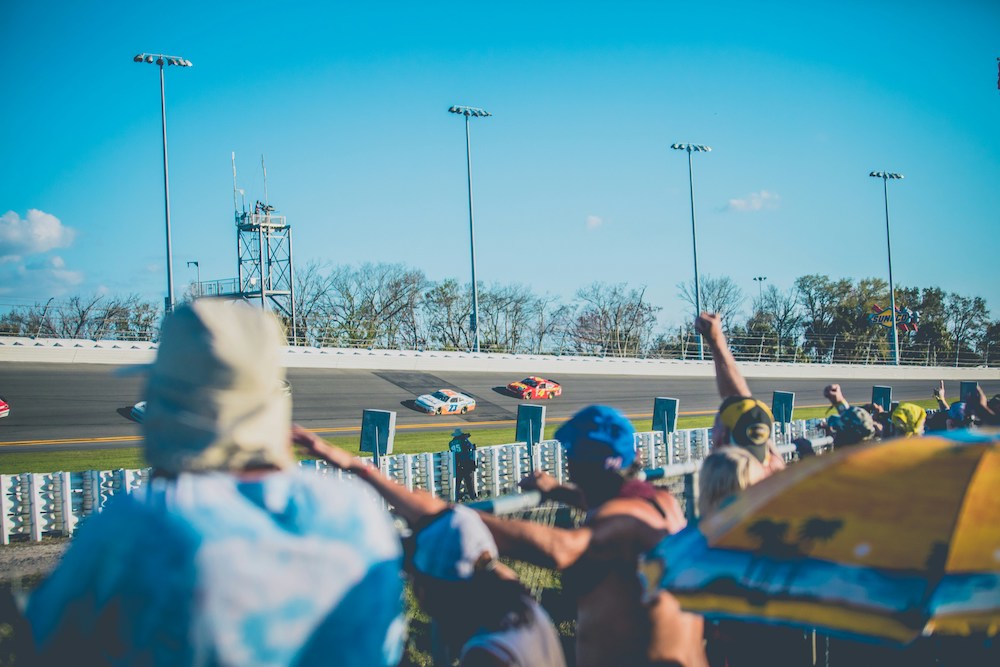
The 1979 Daytona 500
The 1979 Daytona 500 took place on February 18, 1979, at the Daytona International Speedway in Daytona Beach, Florida. This iconic race is held annually as the season-opening event of the NASCAR Cup Series. However, the 1979 edition of the race stands out among the rest due to its impact on the sport.
The race featured some of the most renowned drivers of the time: Richard Petty, Bobby Allison, and David Pearson. However, it was Cale Yarborough and Donnie Allison who would steal the show that day. These two drivers were fierce competitors, and their rivalry would ultimately lead to one of the most memorable moments in NASCAR history.
What made the 1979 Daytona 500 truly special was the fact that it was the first race to be broadcast live in its entirety on national television. CBS Sports took on the task of capturing the action and bringing it into the homes of millions of viewers across the country. This unprecedented level of exposure allowed NASCAR to reach a much wider audience than ever before.
The incident that occurred during the race is what truly captured the attention of viewers. On the final lap, Yarborough and Allison made contact, causing both cars to spin out and crash into the wall. As the dust settled, tempers flared, and a fistfight broke out on the track between the two drivers. This dramatic turn of events sent shockwaves through the racing community and made headlines across the nation.
The media coverage of the incident was extensive, and the public's reaction was overwhelming. People who had never before shown an interest in NASCAR were suddenly talking about the sport. The crash and subsequent fight became the topic of conversation at water coolers and dinner tables around the country. This surge in public interest had a significant impact on NASCAR's popularity and helped to propel the sport into the mainstream.
CBS Sports played a crucial role in capturing the incident and broadcasting it to a national audience. The network utilized multiple in-car cameras to provide viewers with a close-up view of the action. This innovative approach to televising the race set a new standard for how future races would be broadcast. The use of in-car cameras became a staple of NASCAR coverage and allowed fans to experience the excitement of the sport from the driver's perspective.
The 1979 Daytona 500 set records in terms of attendance and viewership. Over 100,000 spectators packed the Daytona International Speedway, while millions more tuned in to watch the race on television. This unprecedented level of interest in the sport signaled a turning point for NASCAR. The 1979 Daytona 500 was the catalyst for NASCAR's growth and paved the way for the sport's commercialization and lucrative sponsorship deals.
Conclusion
The 1979 Daytona 500 was a race that changed the course of NASCAR's history. The combination of the first-ever live television broadcast, the dramatic last-lap crash, and the ensuing fistfight on the track captured the attention of the nation.
This event put NASCAR in the national spotlight and sparked a surge of interest in the sport. CBS Sports played a crucial role in capturing and broadcasting the incident, setting a new standard for how races would be televised in the future.
The 1979 Daytona 500 set records in terms of attendance and viewership and played a pivotal role in NASCAR's growth and commercialization. It remains an iconic moment in the sport's history and a testament to the passion and excitement that NASCAR continues to evoke.
